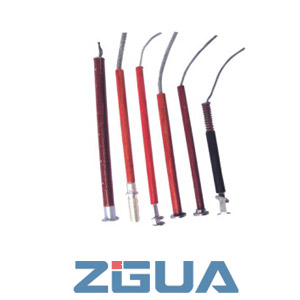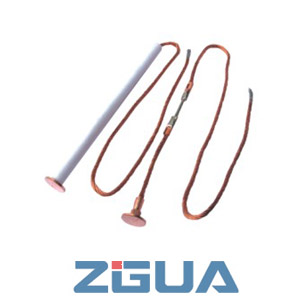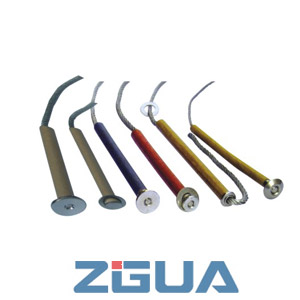Fuse (also known as insurance) can be divided into two parts: fuse holder and fuse core. To put it simply, the fuse is the house, and the fuse lives in the fuse. Fusible links are generally also called fuse cores or fuses. The fuse core is referred to as the melting core.
The fuses are expressed as FU1, FU2, FU3, etc., which play the role of over-current protection. When an overcurrent (or short circuit) fault occurs, the fused core is blown; to restore the power supply, a new fuse core needs to be replaced. Commonly known as a fuse, it plays the role of overcurrent protection.
What are fuses and fusible links?
The fuse is an electrical component installed in the circuit to ensure the safe operation of the circuit. The working principle is to melt the melt with the hot star generated by itself after the current exceeds the specified value for some time, thereby disconnecting the circuit; using this A current protector is made of this principle. Fuses are widely used in high and low-voltage power distribution systems and control systems, as well as electrical equipment, as short circuit and overcurrent protectors, and are one of the most commonly used protection devices.
The fusible link is only a part of the fuse structure. Our common fuse consists of three parts, namely the fuse tube, the melt, and the fuse seat. Let me talk about the melt first. Its shape is filamentous, flake, and grid. The material used to make this kind of melt generally has a low melting point. There are two types of metal materials used to make the melt, one is a low melting point material, such as tin alloy, zinc, etc.; the other is a high melting point material, such as silver, copper, aluminum, etc. . The fusion tube is the protective shell of the melt and is made of heat-resistant insulating material. The fuse base is the base of the fuse, and its function is to fix the fuse tube and the external lead.

The fuse is mainly composed of three parts: the fuse, the shell, and the support, and the fuse is the key element to control the fusing characteristics. The material, size, and shape of the melt determine the fusing characteristics. Melt materials are divided into the low melting point and high melting point categories.
Low melting points materials such as lead and lead alloys have a low melting point and are easy to fuse. Due to their high resistivity, the cross-sectional size of the melt is large, and more metal vapor is generated during fusing. It is only suitable for fusing with low breaking capacity. device.
High melting points materials such as copper and silver have a high melting point and are not easy to fuse, but because of their low resistivity, they can be made into smaller cross-sectional sizes than low melting point melts, and less metal vapor is produced during melting, so they are suitable for high breaking. capacity fuse. The shape of the melt is divided into two types: filament and ribbon. Changing the shape of the variable section can significantly change the fusing characteristics of the fuse. Fuses have various fusing characteristic curves, which can be applied to the needs of different types of protected objects.
There are many types of fuses, which can be divided into plug-in fuses, closed fuses, spiral fuses, fast-acting fuses, self-resetting fuses, high and low-voltage fuses, etc.
Reminder: If the fuse is correctly placed in the circuit, the fuse will cut off the current by itself when the current abnormally rises to a certain height and heat, thereby protecting the safe operation of the circuit.







